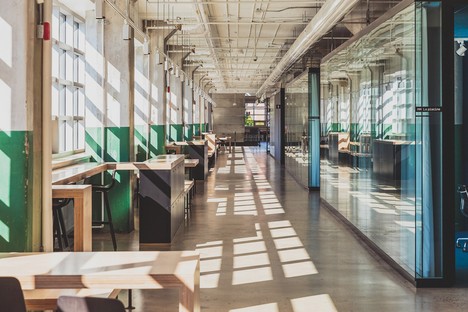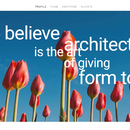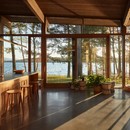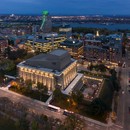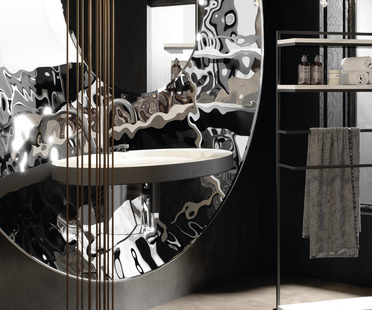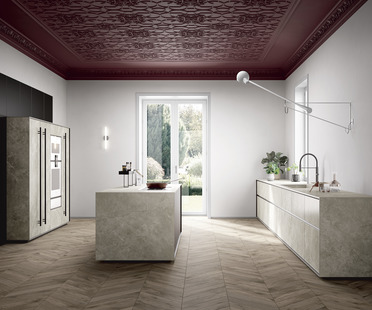04-05-2020
Architecture, the pandemic and the future of design: lemay
Julien Lauzon,
1. How did your firm handle the lockdown?
As soon as reports of an outbreak became widespread, Lemay formed a crisis management committee, offered employees the option to work from home and issued regular updates stressing the importance of preventive measures.
As the situation progressed, it informed its clients on the firm’s status and shared its action plan, which included replacing face-to-face meetings with online meetings and working sessions, prohibiting visitors to its offices, canceling all in-person events and suspending non-essential travel.
Proactively closing the office was an additional measure, and so all the team was already fully set up at home when the government asked companies to shut down.
When it became clear there would be no returning to the office, Lemay set up emergency IT support, produced teleworking guides for employees and managers, and added a special intranet section on COVID-19 and weekly video from the president to all employees to its frequent communications.
The in-house PMO took the opportunity to create and roll out new project management tools that will be used in future, as well.
Working sessions for managers enabled them to share their experience and best practices and involve them in decision-making. Redistributing workloads with voluntary working-hour reductions, in some cases, allowed as many employees as possible to stay on board.
As more limits were placed on our operations, we did our best to adapt to individual client and employee conditions and remain proactive with a view to ensuring the long-term viability of the firm.
2. What new forms of work are you experimenting with and how about the results?
The COVID-19 special section on our intranet, which includes a burgeoning FAQ, is constantly updated and consulted.
All our teams are conducting their meetings virtually via Microsoft Teams and some are even holding virtual social events.
Last week, we set up online discussion forums on various topics for employees and managers to interact by video and text, providing moderation for live components.
We also begun offering our weekly design reviews, which feature the presentation of key projects by Lemay senior partners, as interactive online events via Teams. Our training calendar, already partially online, will soon include more of this type of offering.
Production teams have been recording online meetings and fine-tuning their knowledge and use of online tools to best manage everything from task assignment and deliverable scheduling to all types of communication.
3. How do you think this experience will affect the future management of an architectural practice?
Lemay is a leader in workplace strategy and design and had already implemented varying approaches to employee mobility for several client projects; it would therefore be prepared to integrate and further refine these approaches, as demand is likely to grow exponentially post-crisis.
The remote project management skills being developed under the circumstances will certainly continue to be used, with online software and tools taking on greater importance than before.
While it continues to deliver design excellence in full respect of its commitments, while in full teleworking mode, Lemay is a strong believer in collaborative, healthy working environments with biophilic and other wellness-promoting elements. Any future scenario is likely to feature a combination of the two.










